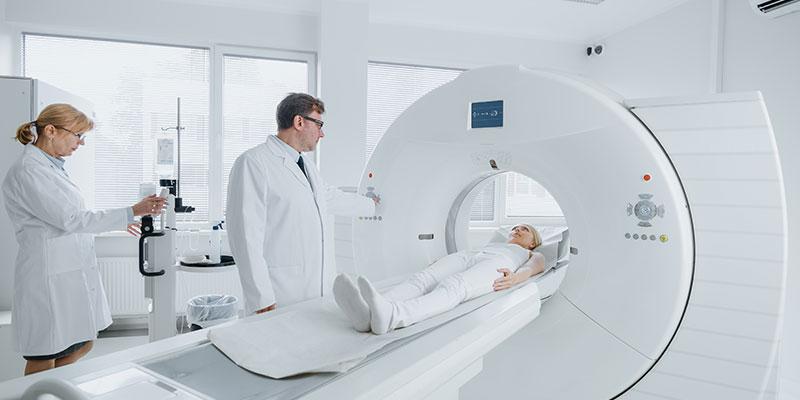The advancement of medical technology has revolutionized healthcare, offering precise tools to investigate and diagnose various health conditions. Among these innovations, the Computed Tomography (CT) scan stands out as a pivotal imaging technique that enables physicians to detect and diagnose problems within the human body with remarkable accuracy.
CT scans, also known as CAT scans (Computed Axial Tomography), employ a combination of X-rays and computer technology to generate detailed cross-sectional images of the body. This imaging technique allows medical professionals to visualize internal structures such as organs, tissues, bones, and blood vessels, providing invaluable insights into potential health issues.
One of the primary advantages of CT scans is their ability to capture images from different angles around the body. This multi-angle approach produces highly detailed, three-dimensional images that offer a comprehensive view of the area being examined. This level of detail aids in detecting abnormalities, identifying injuries, and diagnosing diseases that may not be as easily detected through other imaging methods.
CT scans are utilized across various medical specialties and for a wide range of purposes:
- Diagnosing Trauma and Injuries: In emergency medicine, CT scans are instrumental in swiftly assessing and diagnosing traumatic injuries, especially head injuries, internal bleeding, spinal injuries, and fractures. They enable quick decision-making for immediate treatment.
- Detecting Cancer and Tumors: CT scans are invaluable in cancer diagnosis and staging. They help in locating tumors, determining their size, and identifying their precise locations, aiding in treatment planning and monitoring the progression or regression of the disease.
- Evaluating Organ Function: Physicians use CT scans to assess organ function, identify abnormalities, and diagnose conditions affecting organs such as the liver, lungs, pancreas, kidneys, and more. These images provide detailed information about the organ’s structure and any potential issues.
- Guiding Interventions and Surgeries: Before surgeries or invasive procedures, CT scans are often used for planning and guiding the process. They offer detailed maps of the body’s internal structures, aiding surgeons in navigating with precision, reducing risks, and improving outcomes.
However, while CT scans provide highly detailed images and crucial diagnostic information, they also involve exposure to ionizing radiation. Although the radiation dose from a single CT scan is relatively low, repeated scans over time can accumulate radiation exposure, potentially increasing the risk of cancer. Medical professionals take precautions to minimize radiation exposure, particularly in vulnerable populations like children and pregnant women, by ensuring the benefits of the scan outweigh the associated risks.
Advancements in CT scan technology continue to refine the imaging process, reducing radiation doses and enhancing image quality. Additionally, innovations in contrast agents and software algorithms contribute to more accurate and faster scans, further improving diagnostic capabilities.
Conclusion
CT scans have transformed modern medicine by providing detailed and accurate imaging of the body’s internal structures. They play a crucial role in diagnosing a wide array of health conditions, guiding treatment plans, and improving patient outcomes. As technology evolves, the continued refinement of CT scan techniques promises even greater precision and safety in diagnosing problems within the human body.

